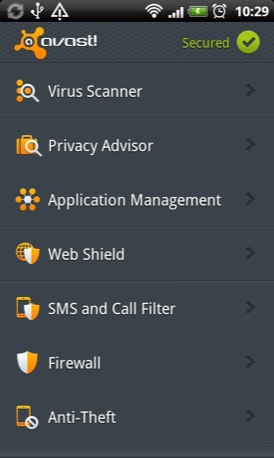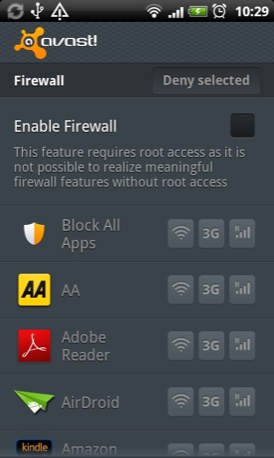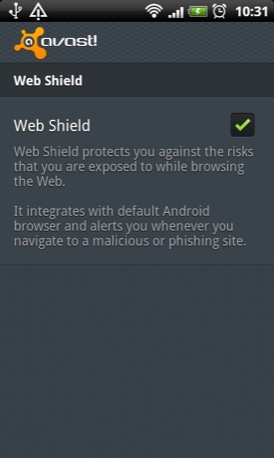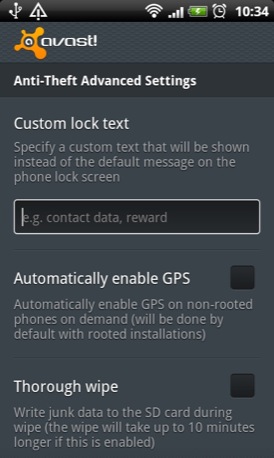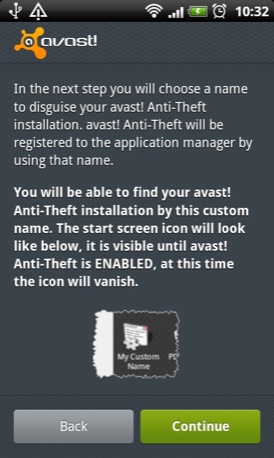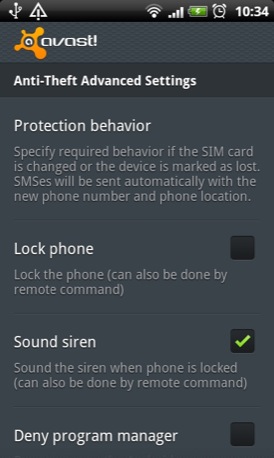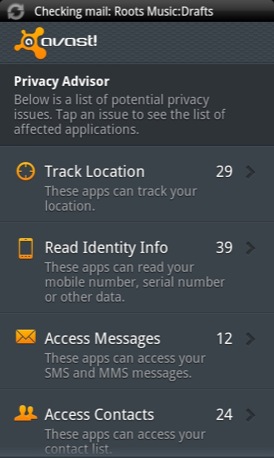USER-TRACKING Firefox sparks Mozilla civil war
Mozilla coders are arguing among themselves about the open-source outfit’s Metrics Data Ping project, which was designed to monitor Firefox usage metrics. Several coders in the Mozilla camp have expressed concern about how some developers are proposing the project should collect data from users of the browser.
“It seems as if we are saying that since we already collect most of this data via various product features, that makes it ok to also collect this data in a central place and attach an ID to it,” wrote the org’s engineering manager Benjamin Smedberg in a mailing list email entitled ‘Anonymous metrics collection from Firefox’.
He added: “Or, that because we *need* this data in order to make the product better, it’s ok to collect it. This makes me intensely uncomfortable. At this point I think we’d be better off either collecting only the data which cannot be used to track individual installs, or not implementing this feature at all.”
The Telemetry project, which measures browser performance, has already been slotted into Mozilla’s browser, in September when Firefox 7 debuted. As the lead dev on the project, Taras Glek, noted at the time, Telemetry “will prompt users to opt in to reporting performance data to Mozilla”.
He added that the data is transmitted via encryption protocol SSL and said that the “Mozilla privacy team worked tirelessly to ensure that no personally-identifiable information is sent via Telemetry”.
Glek added: “Whereas many other software projects stamp this kind of data with a unique per-user ID, we opted for a per-session ID which is reset every time the browser restarts. Telemetry is also disabled while in private-browsing mode.”
However, unlike the Telemetry Project, the proposed MetricsDataPing project will be opt out…
“Now, I know your job is data collection and you want as much data as possible, but the users have a law+given *right* to their privacy, and we have to find a middle ground. I don’t think your proposal of specifically tracking individual users over time represents such a middle ground,” said Mozilla’s Ben Bucksch to the outfit’s metrics engineering manager Daniel Einspanjer.
To UUID, or not to UUID
Bucksch is concerned because a proposal has been put forward for Telemetry to include a universally unique identifier (UUID) for longitudinal analysis.
He claimed that the presence of that UUID would mean that personally identifiable information was being collected and added that it must not happen, not only because of the privacy implications but also due to the potential damage to Mozilla’s reputation.
Several other devs batted away his concerns and asked Bucksch to show evidence of how his claims proved that the proposed feature for Telemetry was “illegal” according to data protection officers in Germany and Brussels.
Einspanjer offered up this defence of the project:
I stated there that I believe there must be a level of trust and expectation that we will do what we say we will do with the data, and not attempt to deceive the user and attempt to store IP address or personal information.
Looking at the proposed data set with a document ID, if Mozilla or even a party with the ability to request or steal a snapshot of that data were to examine it with the most dubious of intent, what would they possibly be able to extract?
If there are specific concerns there, then it would be well worth our time to look at either mitigating those concerns or deciding if we needed to give up those specific data points.
Bucksch likened the use of a UUID in MetricsDataPing to privacy blunders from Google and Facebook.
The debate within Mozilla Towers continues.
Meanwhile, Henri Sivonen – a freelance consultant to the Firefox-maker – urged caution: “Even if sending a UUID had no real privacy impact, sending a UUID would be bad publicity in Europe. The usage share of Firefox is in the decline. Europe in general and Germany in particular is a place where the usage share of Firefox is high. It seems like a bad idea to hurt that market share in order to study metrics related to it.” ®
Article source: http://go.theregister.com/feed/www.theregister.co.uk/2012/02/07/mozilla_telemetry_controversy/
